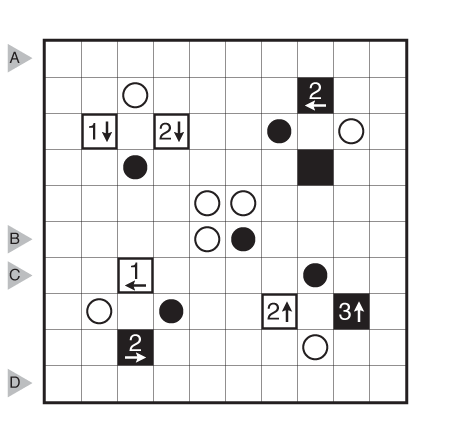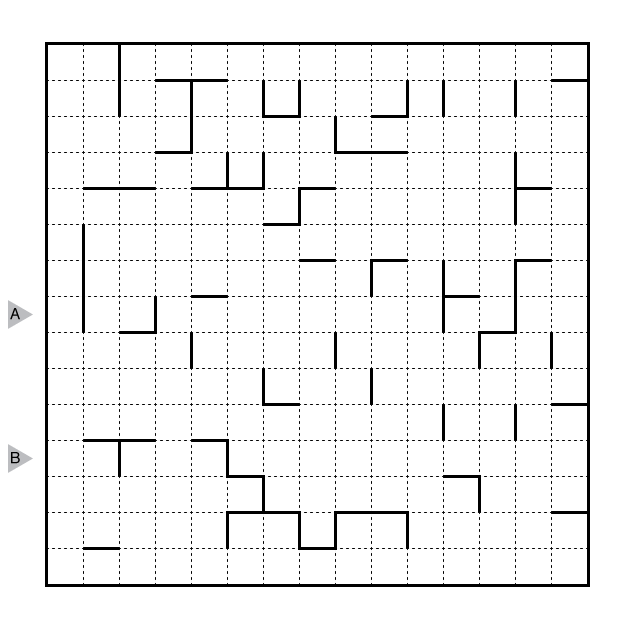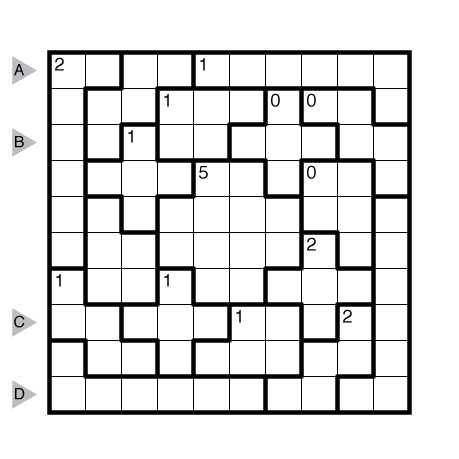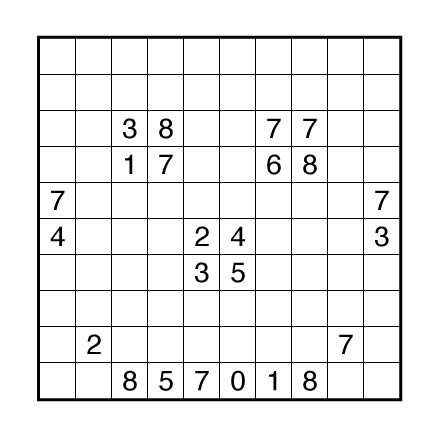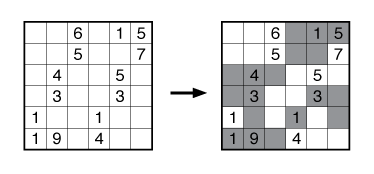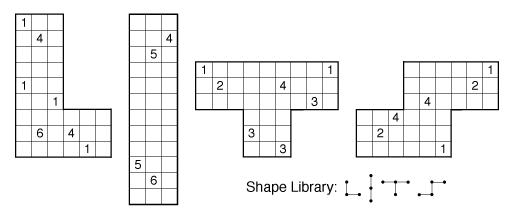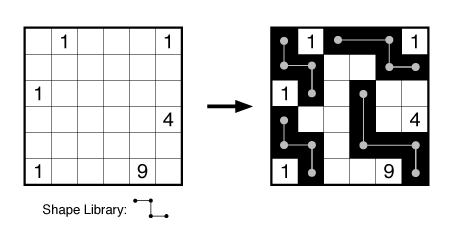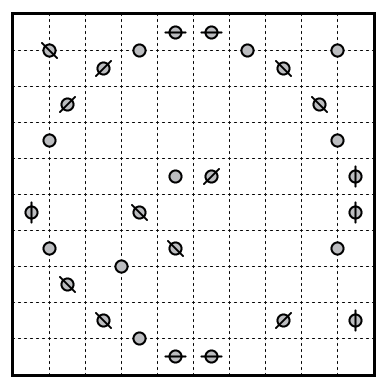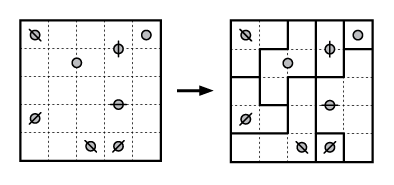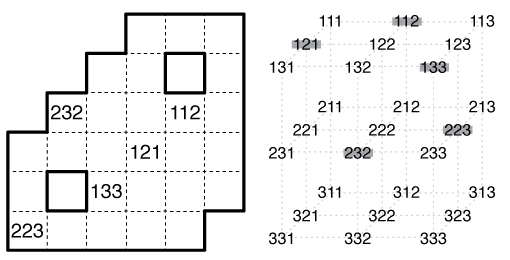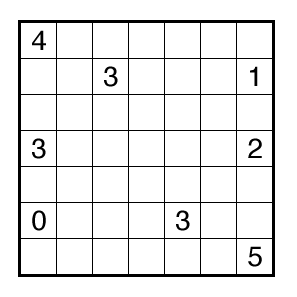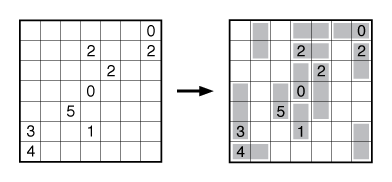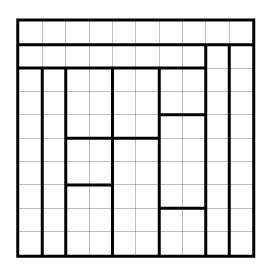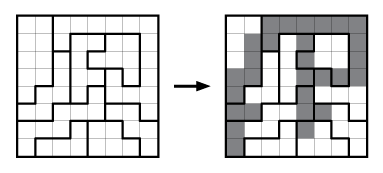Castle Wall (Total False) by Serkan Yürekli
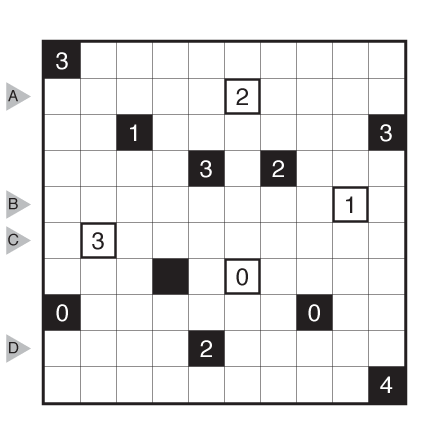
or solve online (using our beta test of Penpa-Edit tools in linex mode where left click+drag draws lines and right click marks X’s)
Theme: Clue Symmetry and Logic
Author/Opus: This is the 268th puzzle from our contributing puzzlemaster Serkan Yürekli.
Rules: Variation of Castle Wall. Clue cell colors have the usual meaning. However, the numbers cannot be correct clues for any of the four directions (left, right, up, down) around the cell.
Answer String: Enter the length in cells of the horizontal loop segments from left to right in the marked rows, starting at the top. If the loop only has vertical segments in the marked row, enter 0. Separate each row’s entry with a comma.
Time Standards (highlight to view): Grandmaster = 3:00, Master = 5:15, Expert = 10:30
Solution: PDF
Note: Follow this link for more Castle Wall puzzles. If you are new to this puzzle type, here are our easiest Castle Wall puzzles to get started on. More Castle Wall puzzles can be found in our beginner-friendly collection Intro to GMPuzzles as well as the larger collection Castle Wall, both by Serkan Yürekli.

